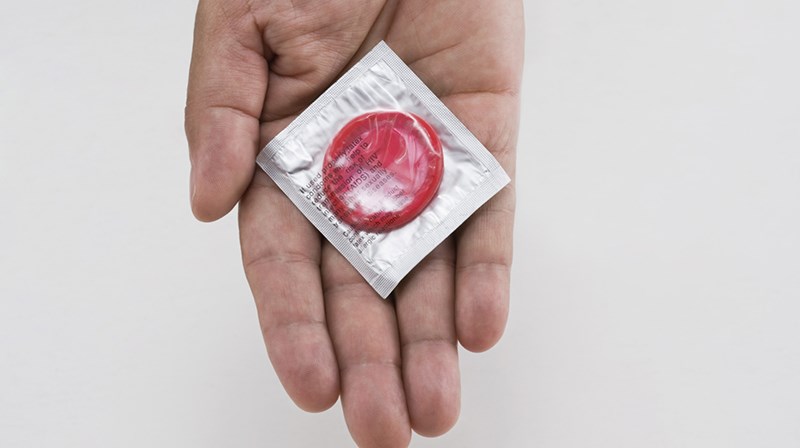A 23-year-old policy to provide condom vending machines in schools has been scrapped after School District 43 decided to remove the equipment.
And while more transparency in decision making us warranted, there may be good reasons to get rid of the machines.
Students appear to be more knowledgeable about the risks of sexually transmitted diseases than they were 20 years ago, when the policy was adopted, and are using contraceptives to avoid unplanned pregnancy and sexually transmitted diseases without being nagged to do so.
In 1992, when the then-school board approved the policy to place two condom machines in each secondary school, the AIDs scare was at it height — so much so that the machines came with the wording: "AIDS Kills. You can say no to sexual intercourse. If you insist on being sexually active, protect yourself and avoid risky sexual behaviours," according to a document from the BC School Trustees' Association web archives.
The policy preamble states that while unprotected sex could lead to AIDS and other STDs, few youth reported using condoms — just 10% to 20%, with many teens (41%) admitting to being too embarrassed to buy condoms from a store.
As a result, condom vending machines were placed in each SD43 high school, one in the boys' washroom and another in the girls' washroom, with schools requisitioning condoms from the district's purchasing department, janitors filling the machines and making sure the expiry dates were current, and the school collecting and keeping the money.
Times have changed since the early 1990s, with sex education likely paying off and young people more aware about the dangers of unprotected sex and more likely to use contraception to protect themselves.
In Fraser North, which includes SD43, 71% of sexually active teens reported that they or their partner used protection. Students who participated in the survey also put condom use at the top of their list of contraception (67%) compared to birth control pills at 43% and withdrawal (an unreliable form of birth control), at 33%.
The district says students have other ways to obtain condoms, with high school counsellors and youth workers, as well as youth health clinics, providing them as necessary.
That's good news but there would have been no shame in school trustees talking about this change and whether it's bad or good for kids as part of their current review of district policies.



